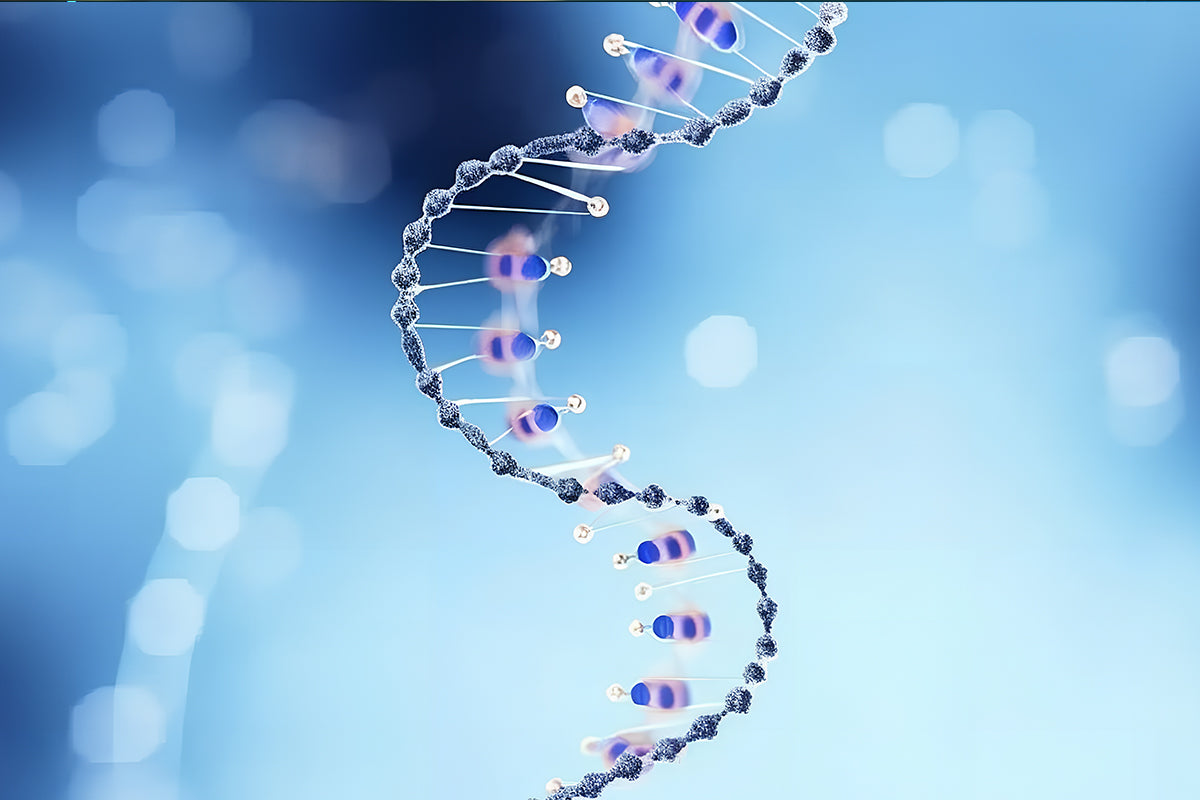With the rapid development of glycoproteomics and antibody drug research, glycosylation modification has also attracted much attention. The contact between cells and cells, and between cells and pathogens is mainly completed through the interaction of sugars and proteins, and glycosylation determines the adhesion properties of glycoconjugates. In IgG, the conserved N-linked glycosylation at Asn297 in the Fc region is also crucial for its activity. In addition, some antibodies also have additional N-glycans, which, together with the conserved site at Asn297 in the Fc region, affect the recognition, half-life, and immune response of the antibody.
Protein glycosylation is a complex post-translational modification that involves the connection of glycan chains at specific sites on proteins. Depending on the type of glycan chain, glycoproteins are divided into N-linked glycoproteins, O-linked glycoproteins, etc.; moreover, protein glycosylation is also affected by the host cell type and fermentation conditions (such as culture medium, pH value, temperature, etc.). Therefore, glycoproteins usually have heterogeneity in glycosylation patterns, including glycosylation sites, glycosylation levels, and the specific structure of glycan chains, making glycan chain analysis and structural characterization work extremely challenging. To obtain the maximum amount of glycan chain structural information, the main strategy of glycan chain analysis is to first release the glycan chains from the proteins and then carry out detailed analysis and characterization. In this strategy, an efficient, accurate, and stable deglycosylation method is crucial.

Enzymatic methods are currently widely used for deglycosylation. For N-linked glycans, commonly used enzymes include PNGase F , Endo H, and Endo S。
Product Introduction
- PNGase F
PNGase F is the most effective enzymatic method for removing almost all N-linked oligosaccharides in glycoproteins, which can cleave high-mannose, hybrid, and complex oligosaccharide glycoproteins connected by asparagine, specifically removing N-linked glycans. The cleavage site is: the amide bond between the innermost N-acetylglucosamine (GlcNAc) and the asparagine residue, while converting the asparagine on the protein after enzymatic hydrolysis to aspartic acid.
When α1-6 fucose is located at the GlcNAc core, PNGase F can also cut; only when α1-3 fucose is located at the GlcNAc core (common in plant and insect glycoproteins), PNGase F cannot cut.

Our company offers conventional PNGase F (Cat#20407ES),However, the conventional PNGase F enzymatic reaction requires several hours to release antibody N-glycans, and due to the preference for glycan release, incomplete deglycosylation may lead to biased results, and the obtained glycan distribution may not represent the correct composition of therapeutic antibodies. Therefore, obtaining an accurate N-glycan profile as quickly as possible is crucial for glycosylation monitoring during the production process of antibodies and antibody fusion proteins and other biotherapeutic agents.
Fast PNGase F (Cat#20406ES) is an optimized recombinant reagent that can rapidly and completely deglycosylate antibodies, immunoglobulins, fusion proteins, and other glycoproteins in a few minutes. This enzyme can quickly and without preference remove all N-glycans and can be directly used for downstream chromatography or mass spectrometry analysis.
Product Features:
Fast: Complete and rapid deglycosylation in a few minutes.
High Purity: No protease, glycosidase contamination, purity ≥95%.
Non-selective: Quickly and without preference remove all N-glycans.
Good Compatibility: Directly used for downstream chromatography or mass spectrometry analysis.
- Endo H
Endo H is a recombinant glycosidase that can cleave the chitobiose core structure of high-mannose and some hybrid-type oligosaccharides in N-glycoproteins, removing the N-linked high-mannose from glycoproteins.

Our company currently offers yeast recombinant expressed Endo H(Cat#20414ES).
- Endo S
Endo S is a highly specific glycosidase that can cleave N-linked sugars between the chitobiose core structures of wild-type IgG heavy chains. The activity of glycosidase S is not strictly dependent on the peptide, so X can be a protein, peptide, asparagine, or free oligosaccharide. Glycosidase S is active regardless of the presence of core alpha1-6 fucose or bisecting N-acetylglucosamine on the substrate. However, it is inactive against oligosaccharides that are tri- or tetra-antennary sialylated and desialylated.

Our company currently offers E.coli recombinant expressed Endo S(Cat#20413ES).
Purchase Guide
|
Product umber |
20406ES |
20407ES |
20414ES |
20413ES |
|
Product Name |
Fast PNGase F |
PNGase F |
Endo H |
Endo S |
|
Source |
Yeast recombinant expression |
Yeast recombinant expression |
Yeast recombinant expression |
E.coli recombinant expression |
|
Specific Activity |
Not applicable |
100000U/mL |
1000000U/mL |
8000 U/mg |
|
Cleavage Site |
Almost all N-linked glycans |
Almost all N-linked glycans |
N-linked high mannose glycans |
Cleaves within the core disaccharide structure of IgG heavy chain |
|
Digestion Time |
10 min |
1-3 h |
1-3 h |
1 h |
|
Glycosylation |
Suitable |
Suitable |
Suitable |
Suitable |
|
Protein Structure |
Suitable |
Suitable |
Suitable |
Suitable |
Test Data
1.Fast PNGase F Test

1: Protein MarkerCat#20350ES) 2: Competitor + substrate or antibody 3: Competitor + substrate or antibody
4: Yeasen Fast PNGase F + substrate or antibody 5: Yeasen Fast PNGase F + substrate or antibody 6: Substrate or antibody 7: Yeasen Fast PNGase F 8: Competitor
2.Endo H Test

Figure 2. Endo H enzymatic cleavage effect (substrate)
3.Endo S Test

Product Information
|
Product Name |
Product Number |
Specification |
|
Fast PNGase F (Glycerol-free) |
20406ES20/50 |
20 T/50 T |
|
PNGase F |
20407ES01/02 |
15000 U /75000 U |
|
Endo H |
20414ES92/97 |
10000 U /50000 U |
|
Endo S |
20413ES80/90 |
1000 U/5 x 1000 U |

